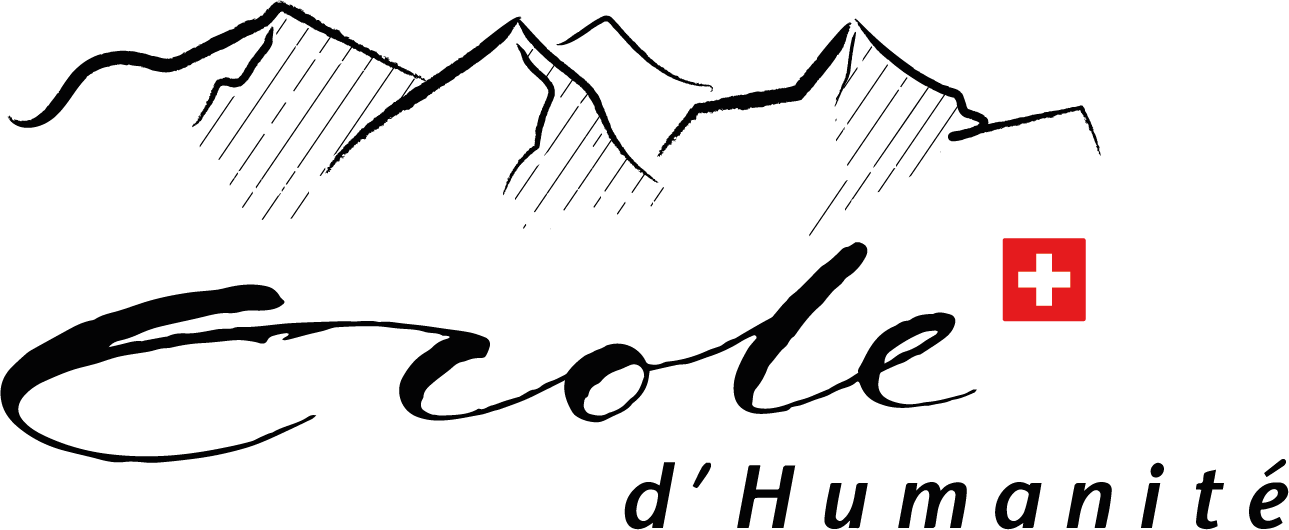










7 Ways the Ecole Breaks the Hamster Wheel
The Ecole d'Humanité is more than just a boarding school—it's a place where holistic education thrives. Our supportive environment encourages not only academic excellence but also personal growth, creativity, and a strong sense of community. In a boarding school setting, where the boundaries between schoolwork and leisure time can blur, maintaining this balance is essential.

Doing the Hard Things: A Hike to Luzern
Brian and his students challenged themselves with an epic run from the Ecole d’Humanité to Luzern. Enjoy reading about this experience from Brian’s perspective!
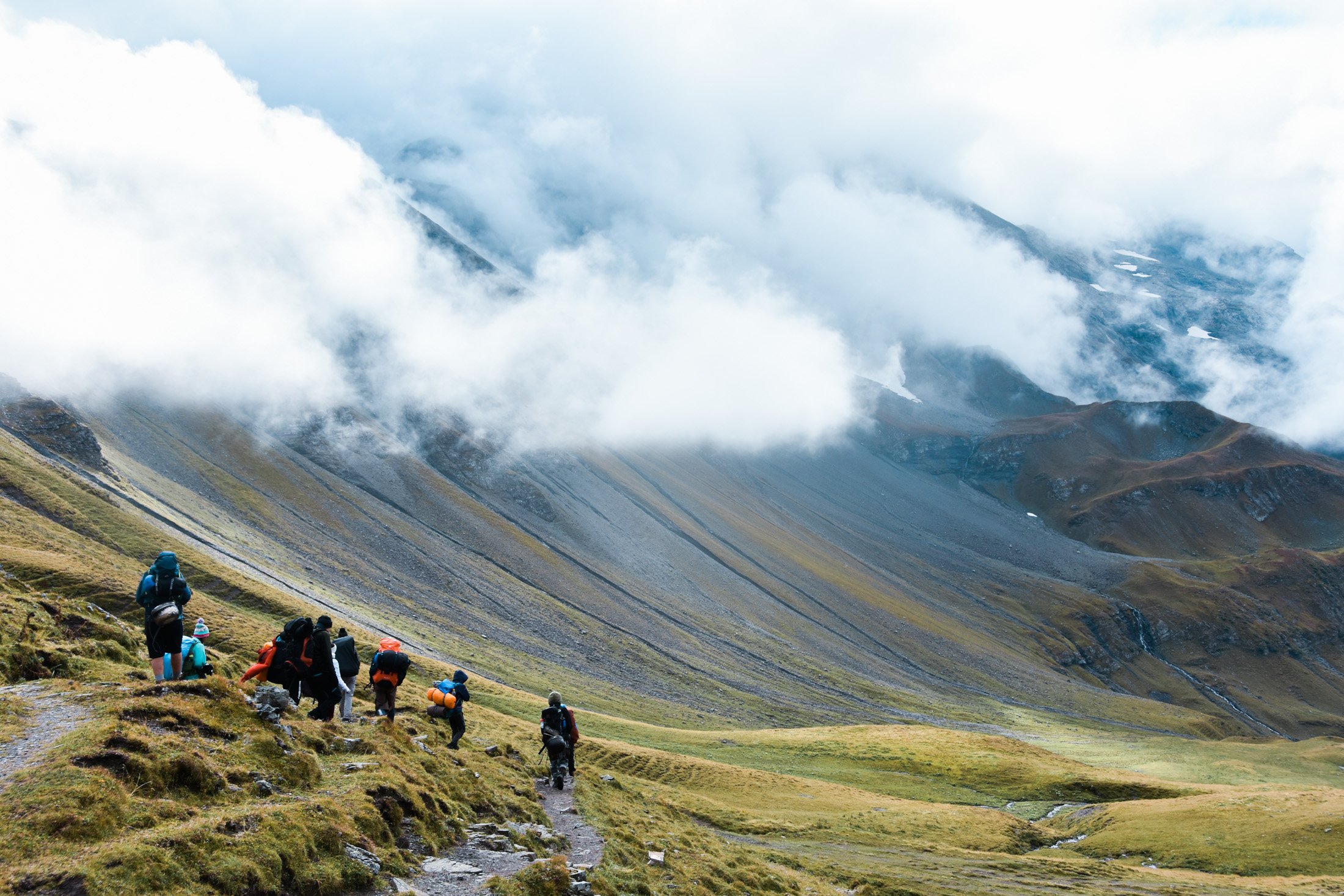
Hiking with Noah
The video was produced by our student Noah Bühler (19), who is part of the Swiss Program at the Ecole d'Humanité. Noah is a passionate videographer and adventurer. When he's not studying for his upcoming Matura exams, he spends his time creating videos that document his love for mountain sports. At the Ecole d'Humanité, Noah has found a place where he can fully explore his talents in filmmaking and outdoor sports.

Save the date! French Theater 2022
The Ecole d’Humanité is pleased to present, "Le Dormeur du Val", a student-written play put up by our French Theater program.
The inspiration for the play is the French poem, "Le dormeur du Val", a classic sonnet written by French poet Arthur Rimbaud (1854-1891) when he was just 16 years old.
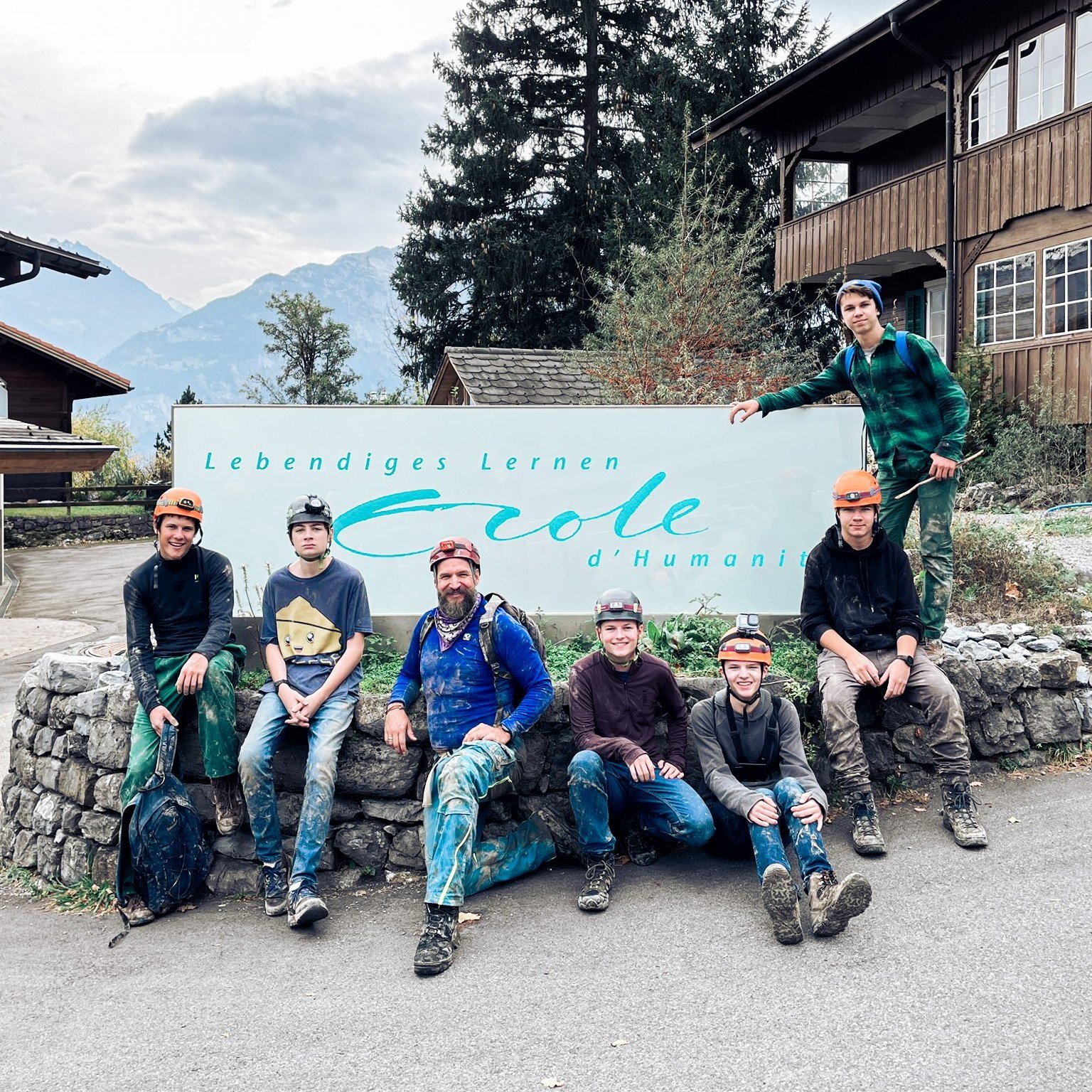
Intensive Week at the Ecole d’Humanité
Intensive Week is one of the highlights of the student experience at the Ecole d’Humanité. Each year in the fall term, our students take a break from our regular boarding school rhythm and dive into a week-long project. During intensive week, students participate in projects various and sundry – silversmithing, spelunking, or staging a play – where they can explore new topics, uncover hidden talents and learn valuable skills.
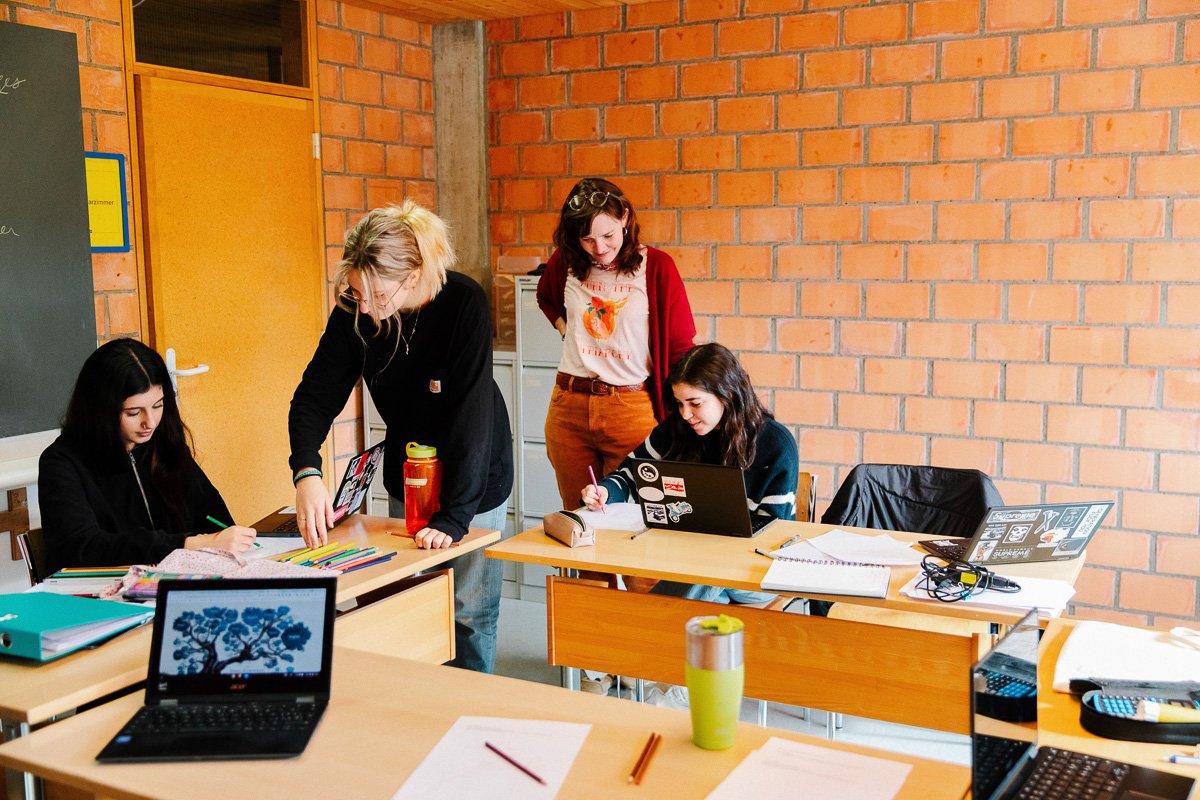
A New Program! The Advanced Placement® Path!
The Advanced Placement® Path is a new program offered by the Ecole d’Humanité. We help students work towards their goals, achieve academic excellence, and graduate high school with an impressive collection of AP© courses and exams. Find out more!
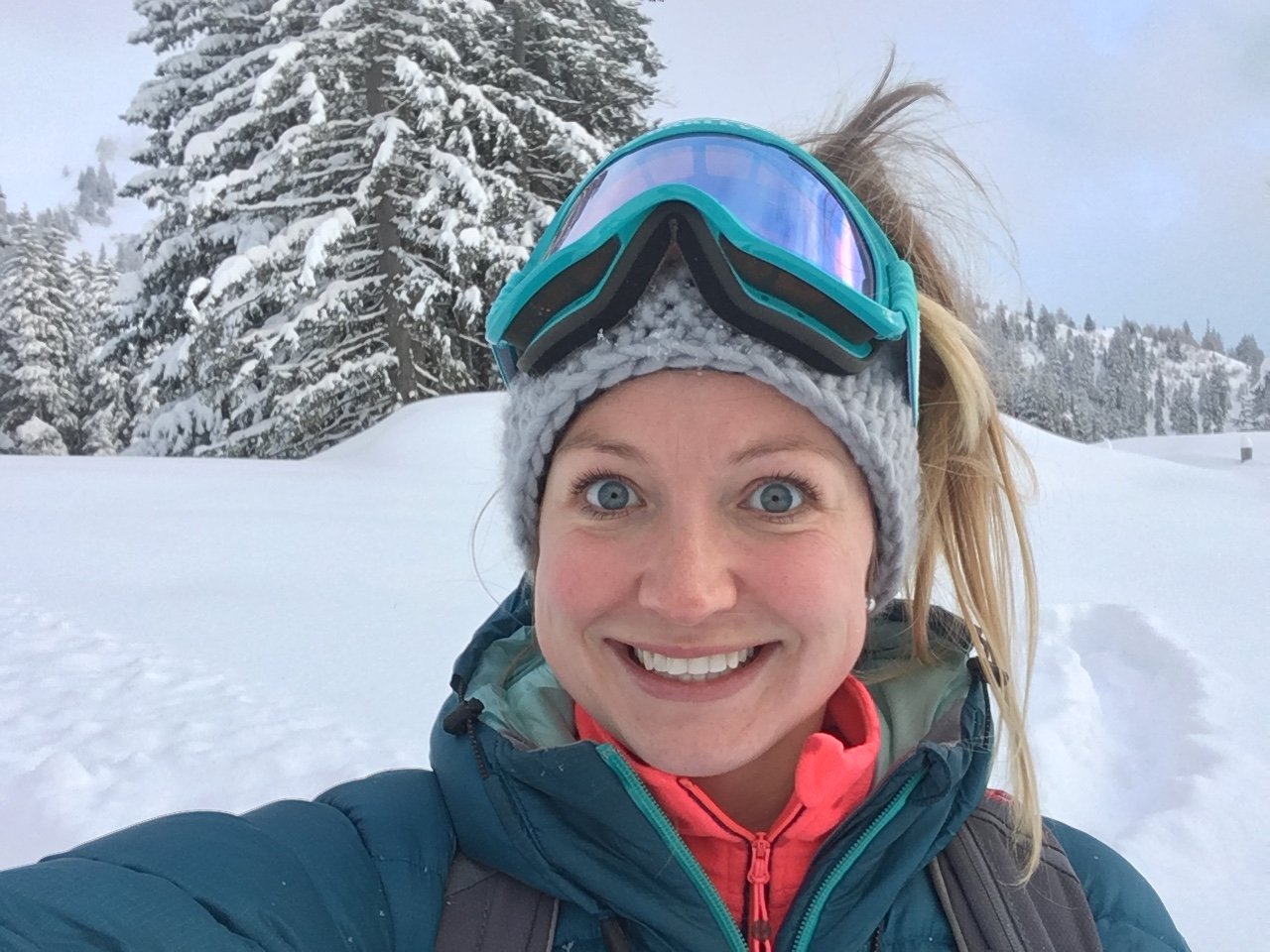
New Foreign Language Teacher at the Ecole d’Humanité
The Ecole d’Humanité is delighted to welcome back Mel Sampson to our boarding school team here in Switzerland. Mel spent five years at the Ecole d’Humanité as a teacher and boarding school family head, before returning to the UK for a few years to raise her small children. She’s back here on the Hasliberg to teach English and French
Mel is a language teacher, avid outdoors person, and she’s passionate about progressive education. Read on to find out Mel’s one “must have” on all her hiking excursions!
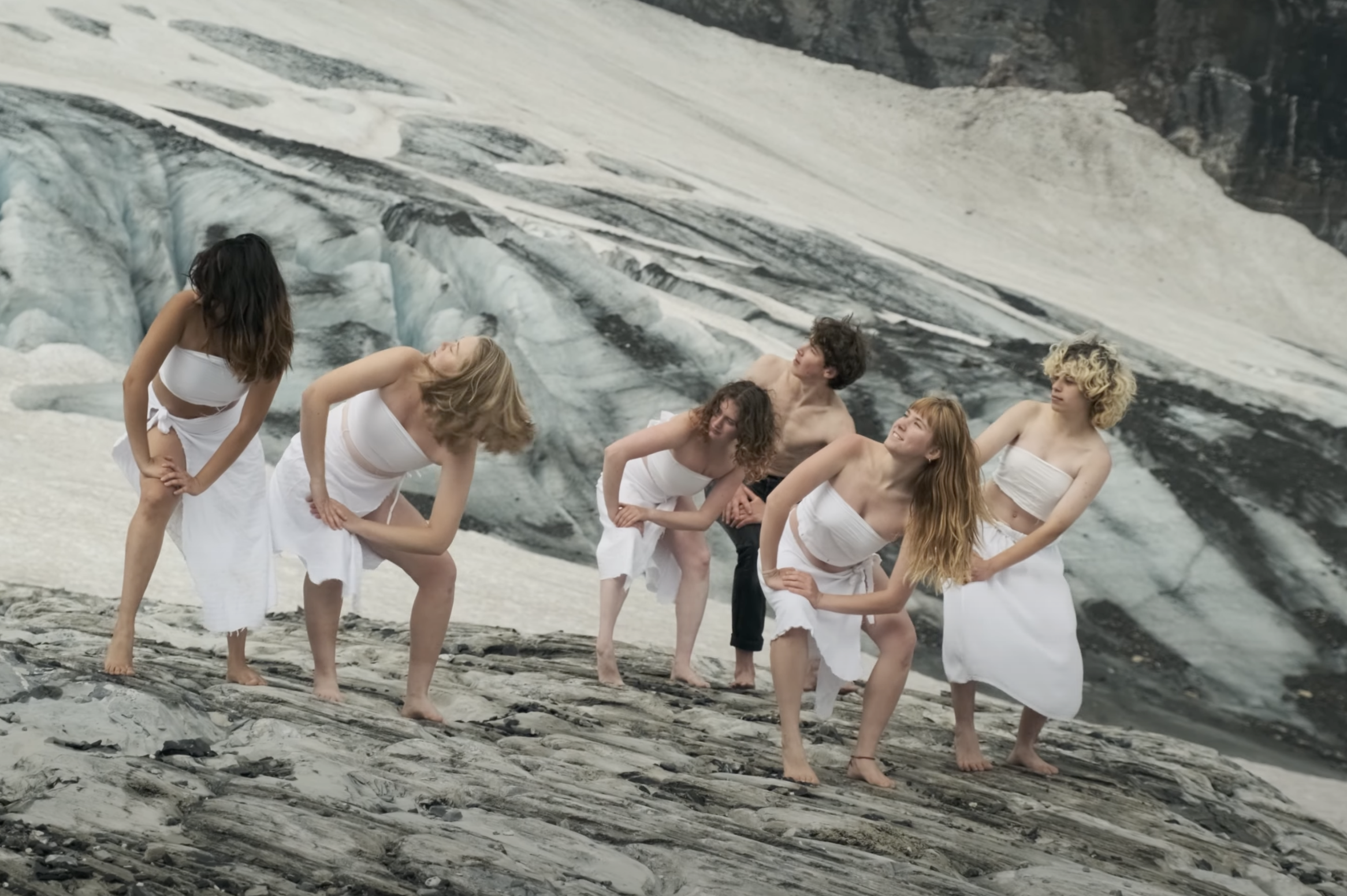
The Arts + Progressive Education — the Dance program at the Ecole d’Humanité
Students explore all manner of disciplines from the traditional fine arts to experimental multi-media projects. As they try out new forms of expression – abstract painting, darkroom photography, throwing clay on the wheel, or putting up a theater production – our students are free to innovate, experiment, and discover.
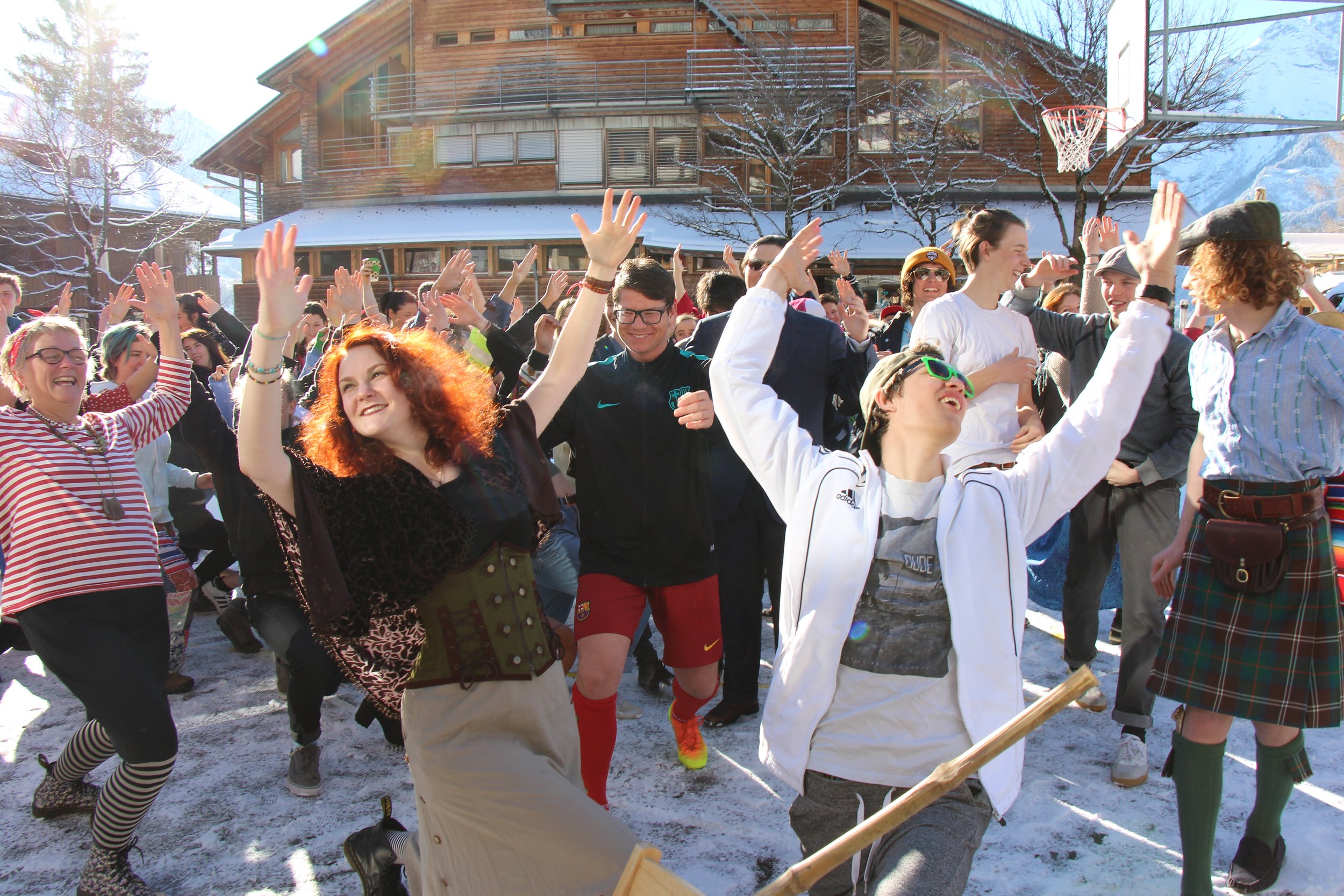
What is Fasnacht and how do we celebrate it at the Ecole?
Fasnacht is a celebration like no other - it’s a topsy-turvy time when the normally conscientious Swiss let rules fall by the wayside, and merriment and mischief reign!
Here at the Ecole, we join in the festivities and celebrate Fasnacht in our own way!

What is Student Life Like at the Ecole d’Humanité? Family Evening
What is boarding school really like at the Ecole d’Humanité? Boarding school life is diverse, vibrant, dynamic, and connected! Find out how students live and spend time together!
